Conscious consumers are increasingly seeking beauty products that align with their ethical values. Many of us want to make more compassionate choices as awareness grows about animal testing in the cosmetics industry.
Identifying truly cruelty-free beauty products can be tricky, but it’s an important step in supporting companies that prioritize animal welfare.
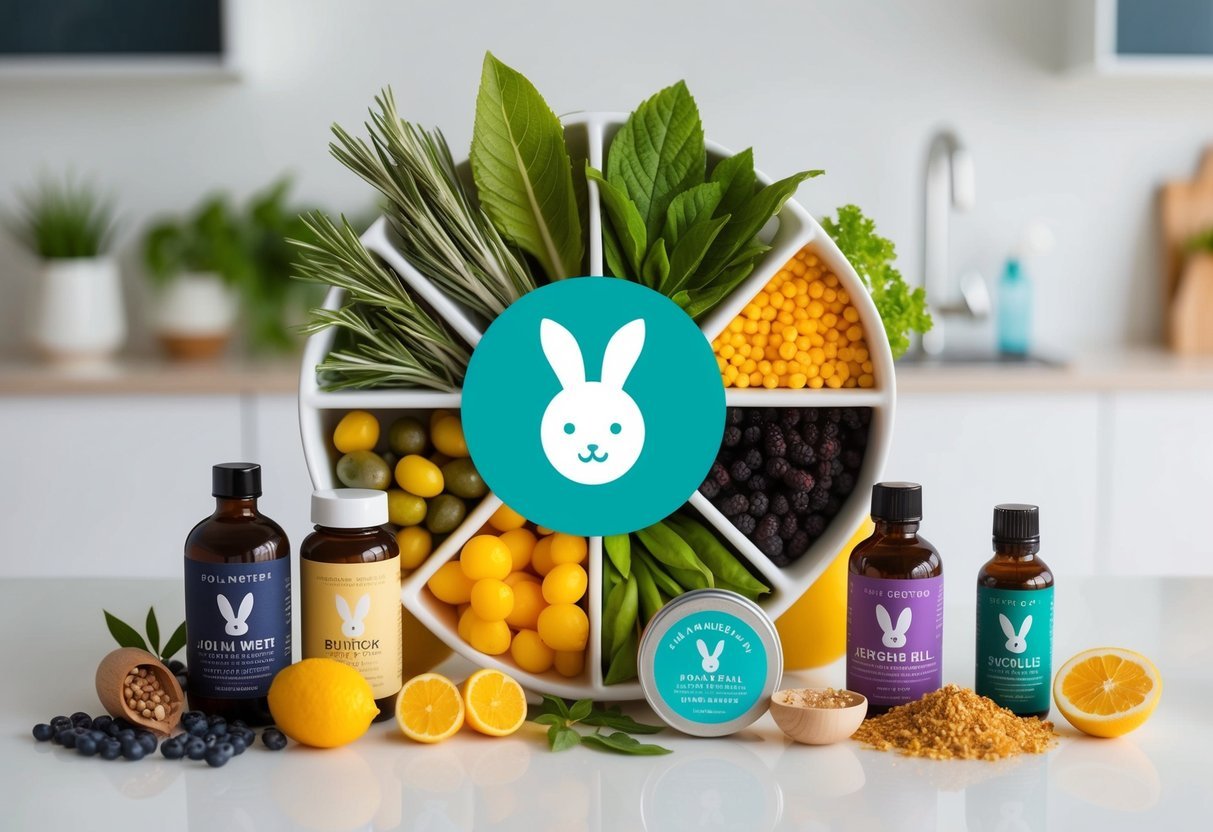
We’ve put together some helpful tips to guide you in finding beauty products that haven’t been tested on animals. By learning to recognize cruelty-free certifications and understanding what to look for on labels, we can all make more informed decisions when shopping for cosmetics and skincare.
Let’s explore how to spot genuinely cruelty-free options and support brands that share our values.
1) Look for the Leaping Bunny logo
We always keep an eye out for the Leaping Bunny logo when shopping for pure and organic beauty products. This little hopping bunny is a true gem in the world of cruelty-free cosmetics.
It’s not just any cute animal symbol. The Leaping Bunny logo is the gold standard for cruelty-free certification. When we spot it on a product, we can breathe easy knowing no furry friends were harmed in its creation.
The logo is internationally recognized and guarantees that no new animal tests were used in developing the product. That’s a big deal for us conscious consumers.
But here’s a pro tip: not all bunny logos are created equal. The Leaping Bunny is the real deal, while others might be unofficial. We always double-check to make sure we’re seeing the genuine article.
Sometimes, brands might be certified but not display the logo on their packaging. It’s worth checking official Leaping Bunny lists to be extra sure. This way, we never miss out on a truly cruelty-free gem in our beauty routine.
2) Check for the PETA certification
When we’re shopping for cruelty-free beauty products, the PETA certification is a great sign to look for. PETA’s Beauty Without Bunnies program is well-known and trusted in the industry.
We can easily spot this certification by looking for the bunny logo on product packaging. It’s usually found on the back or bottom of containers.
PETA’s database is a valuable resource too. We can search for specific brands or products to confirm their cruelty-free status. It’s regularly updated, so we’re getting the latest info.
Many popular brands like Dove, e.l.f., and Herbal Essences have earned this certification. It’s cool to see big names embracing cruelty-free practices.
Remember, PETA certification means the company doesn’t test on animals. Some certified products might also be vegan, but not all are. We should double-check if that’s important to us.
3) Research the company’s animal testing policy
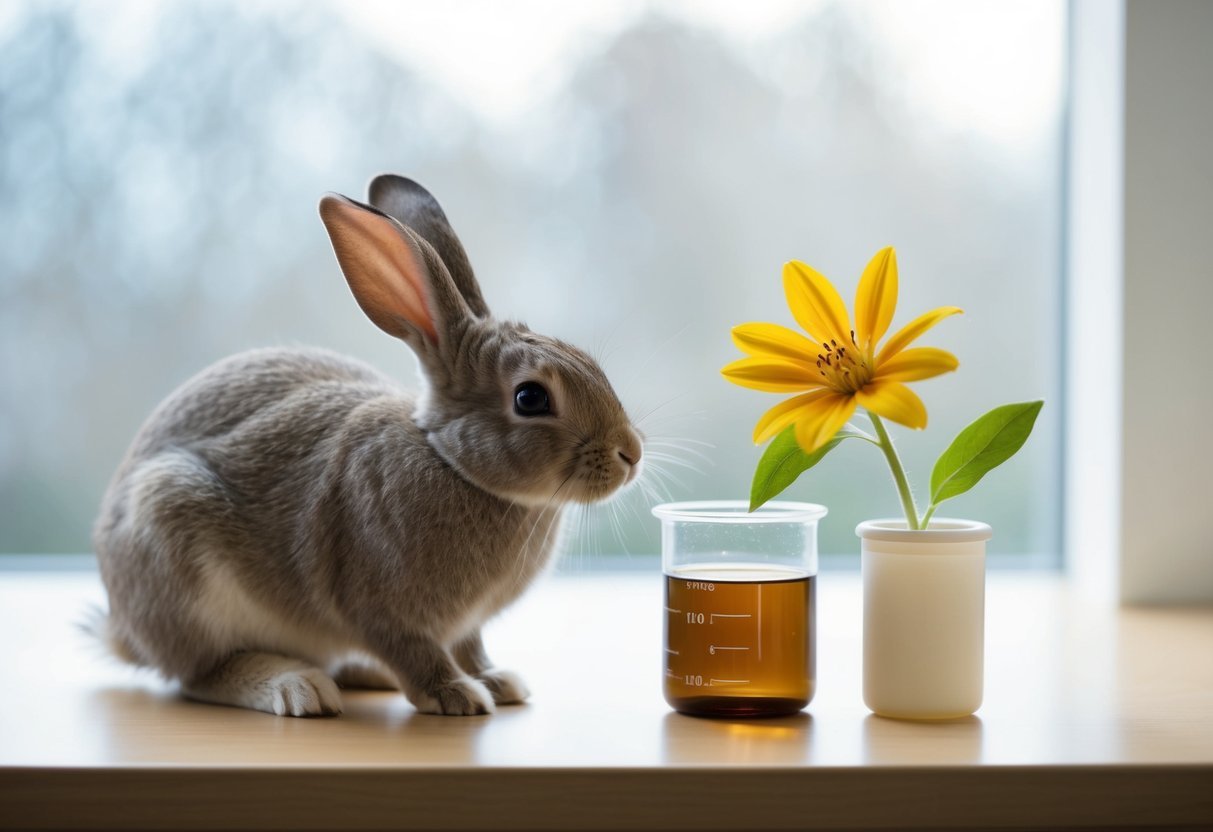
We always recommend digging into a brand’s animal testing policy before making a purchase. Many companies now proudly display this information on their websites or product packaging.
Look for clear statements like “We never test on animals” or “100% cruelty-free.” Be wary of vague language or missing information.
We suggest checking if the brand is certified by recognized cruelty-free organizations. The Leaping Bunny logo is a reliable indicator of a company’s commitment to being cruelty-free.
Don’t forget to investigate the parent company too. Sometimes smaller brands are owned by larger corporations with different policies.
If you can’t find the information you need, reach out to the company directly. Ask specific questions about their testing practices and ingredients sourcing.
Remember, truly cruelty-free brands are usually happy to share their stance on animal testing. If a company dodges your questions, it might be a red flag.
4) Avoid brands selling in China
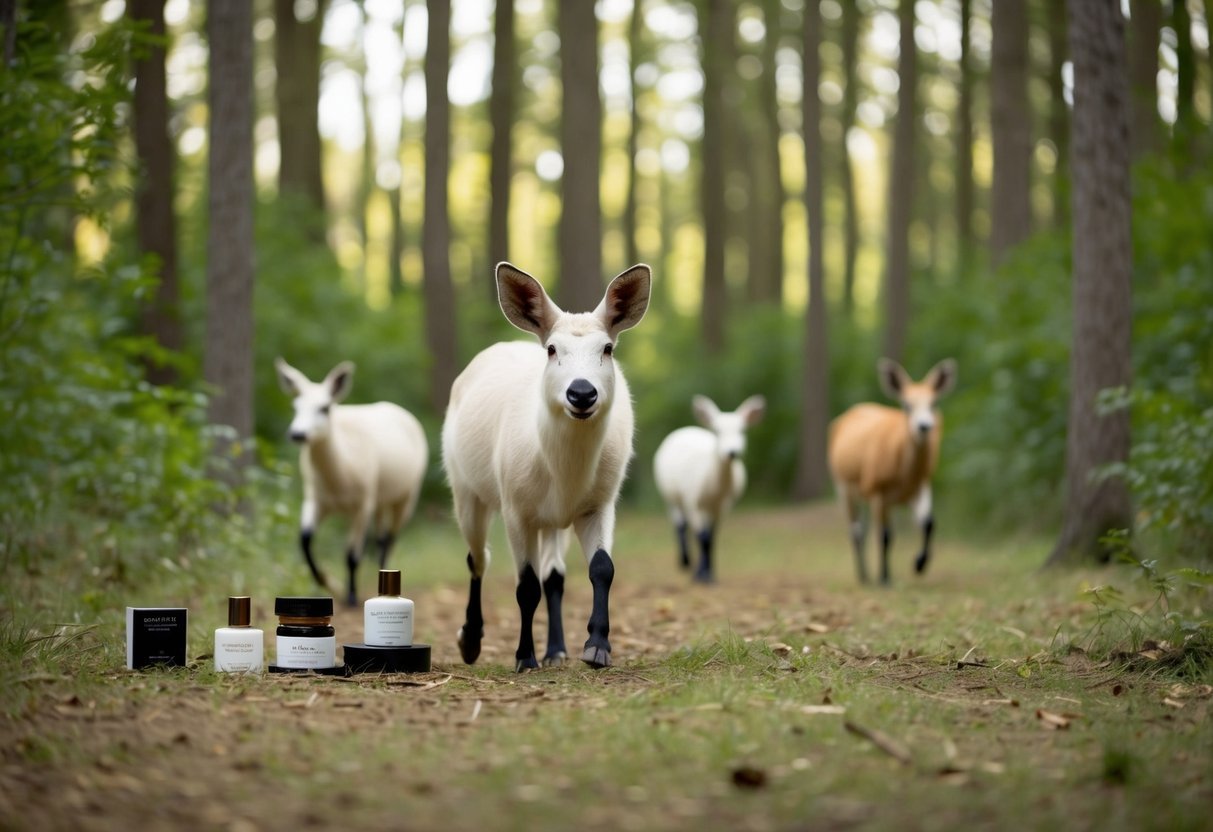
China has long required animal testing for cosmetics sold within its borders. This poses a challenge for those of us seeking cruelty-free options.
Many beauty brands have chosen to sell in China despite this requirement. We recommend steering clear of these companies if animal welfare is a priority.
Fortunately, some brands are finding creative ways to enter the Chinese market without compromising their values. They may use cross-border e-commerce or take advantage of recent regulatory changes.
It’s worth noting that China has started to relax some of its animal testing rules. However, the situation remains complex and ever-changing.
We suggest doing thorough research on a brand’s practices in China before making a purchase. Look for clear statements about their position on animal testing and Chinese market presence.
5) Opt for vegan products
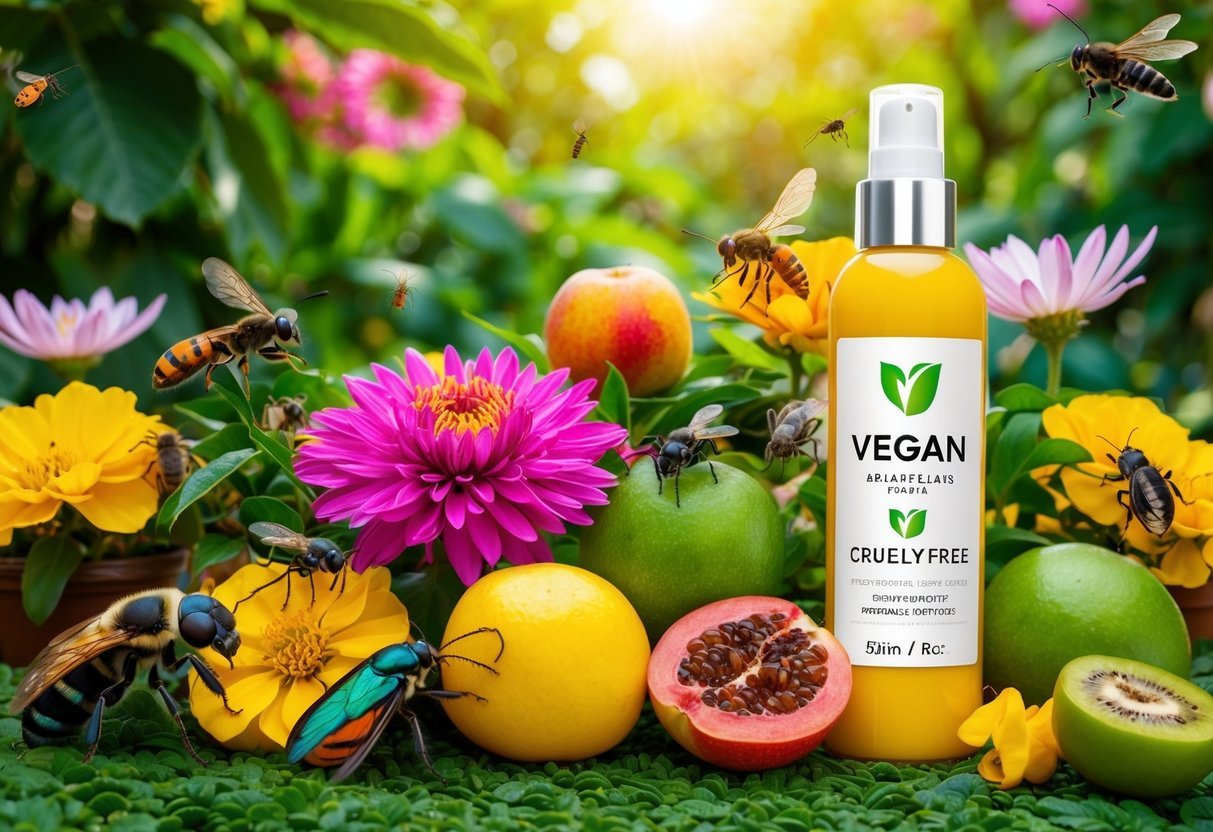
When searching for cruelty-free beauty items, we’ve found that vegan products are often a great choice. These cosmetics don’t contain any animal-derived ingredients, making them a safe bet for those concerned about animal welfare.
We love that many vegan brands go the extra mile to ensure their products are kind to our furry friends. They often use plant-based alternatives that are just as effective as traditional ingredients.
Not all vegan products are automatically cruelty-free, though. We always double-check to make sure the brand doesn’t test on animals at any stage of production.
We’ve discovered some amazing vegan lipsticks, mascaras, and foundations that perform just as well as their non-vegan counterparts. Plus, they often contain nourishing natural ingredients that are good for our skin.
When shopping, we keep an eye out for labels like “100% vegan” or “plant-based.” These are usually good indicators that the product aligns with our values.
6) Seek out natural and organic ingredients
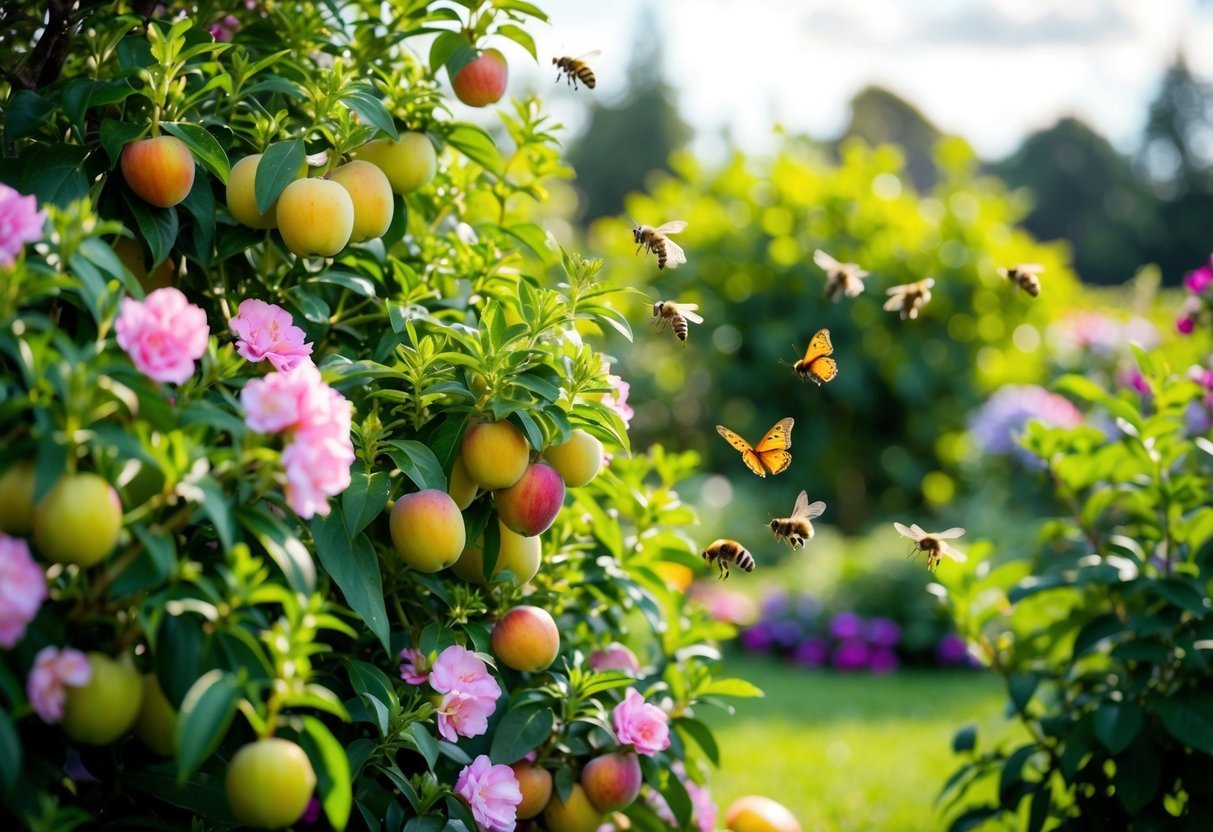
When looking for cruelty-free beauty products, we recommend focusing on items with natural and organic ingredients. These tend to be gentler on our skin and the environment.
Plant-based components like aloe vera, jojoba oil, and shea butter are great options to keep an eye out for. They’re often kinder to animals and ecosystems than their synthetic counterparts.
We love seeing ingredients we can actually pronounce on labels! Fruit extracts, essential oils, and herbal infusions are some of our favorites in clean beauty formulas.
Organic certification is another plus. It usually means the ingredients were grown without harsh pesticides or GMOs. This is good for us and the planet.
Not all natural ingredients are cruelty-free by default, so keep that in mind. But products emphasizing organic and botanical elements are more likely to align with ethical practices.
7) Read reviews from cruelty-free blogs
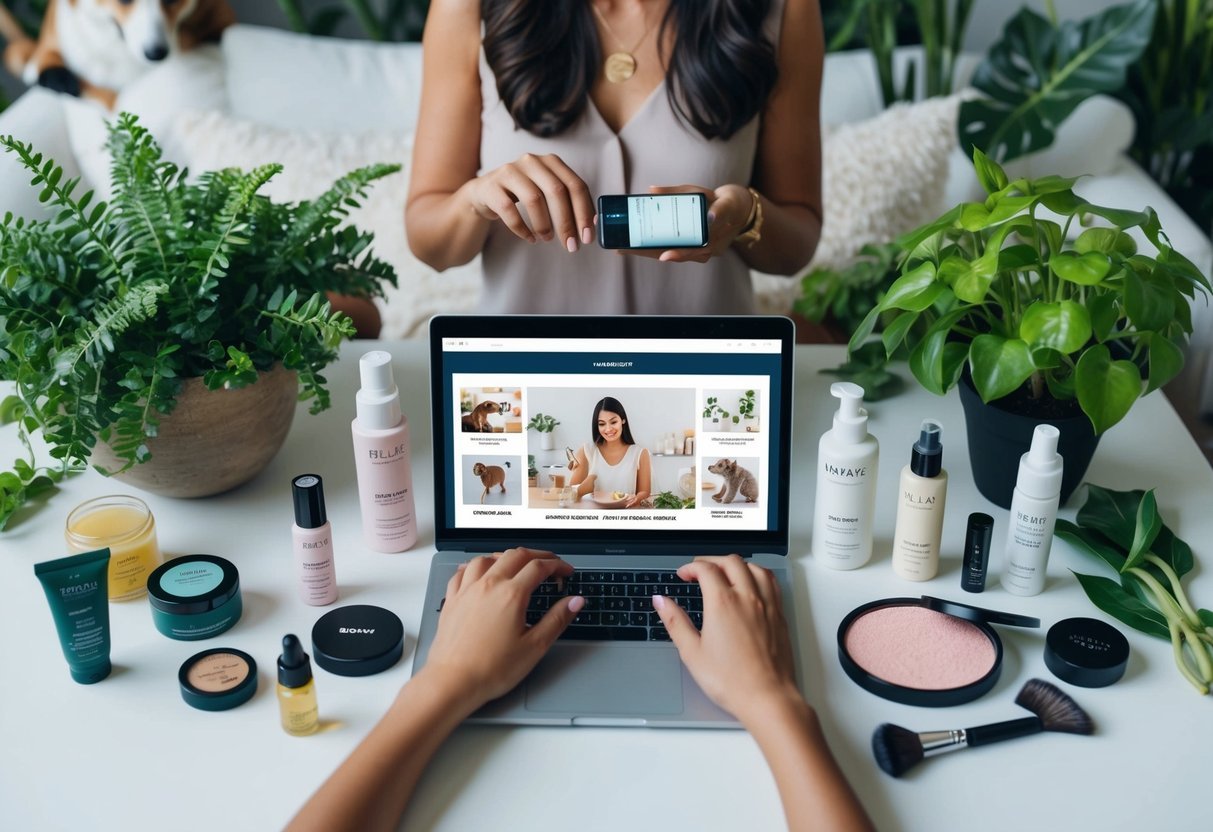
We love turning to cruelty-free beauty blogs for honest opinions on ethical products. These passionate writers often dive deep into brand policies and ingredients, saving us time and effort.
Many bloggers thoroughly research companies to confirm their cruelty-free status. They’ll share which brands truly walk the walk when it comes to animal welfare.
We’ve found some great gems through blog recommendations. They often highlight lesser-known brands creating pure, organic formulations that are kind to animals and our skin.
Reading multiple blog reviews gives us a well-rounded view of products. We can compare experiences and see if a cleanser or moisturizer lives up to its promises.
Cruelty-free bloggers frequently host giveaways too. It’s a fun way to try new ethical brands without spending a dime. We’ve discovered some of our favorite natural beauty staples this way.
Understanding Cruelty-Free Labels

Navigating the world of cruelty-free beauty can be tricky. Let’s explore how to decode those little symbols on product packaging and understand what they really mean.
Certified Cruelty-Free Logos
When shopping for kinder cosmetics, we should look for trusted certifications. The Leaping Bunny logo is a gold standard – it means the brand and its suppliers don’t test on animals at any stage. PETA’s bunny logo is another common sight. These cute critters aren’t just for show – they’re backed by thorough checks.
Some brands create their own cruelty-free symbols. While these can be legit, they’re not verified by outside groups. It’s worth doing a quick search to see if the company backs up their claims.
Difference Between Cruelty-Free and Vegan
We often see “cruelty-free” and “vegan” used together, but they’re not the same thing. Cruelty-free means no animal testing, while vegan products contain no animal-derived ingredients.
A cruelty-free shampoo might still use honey or milk proteins. On the flip side, a vegan lipstick could be made without animal ingredients but still be tested on animals.
For the kindest option, look for products that are both cruelty-free and vegan. Some logos, like the Vegan Society’s sunflower, tick both boxes. When in doubt, we can always reach out to brands directly to clarify their stance.
Researching Brand Policies
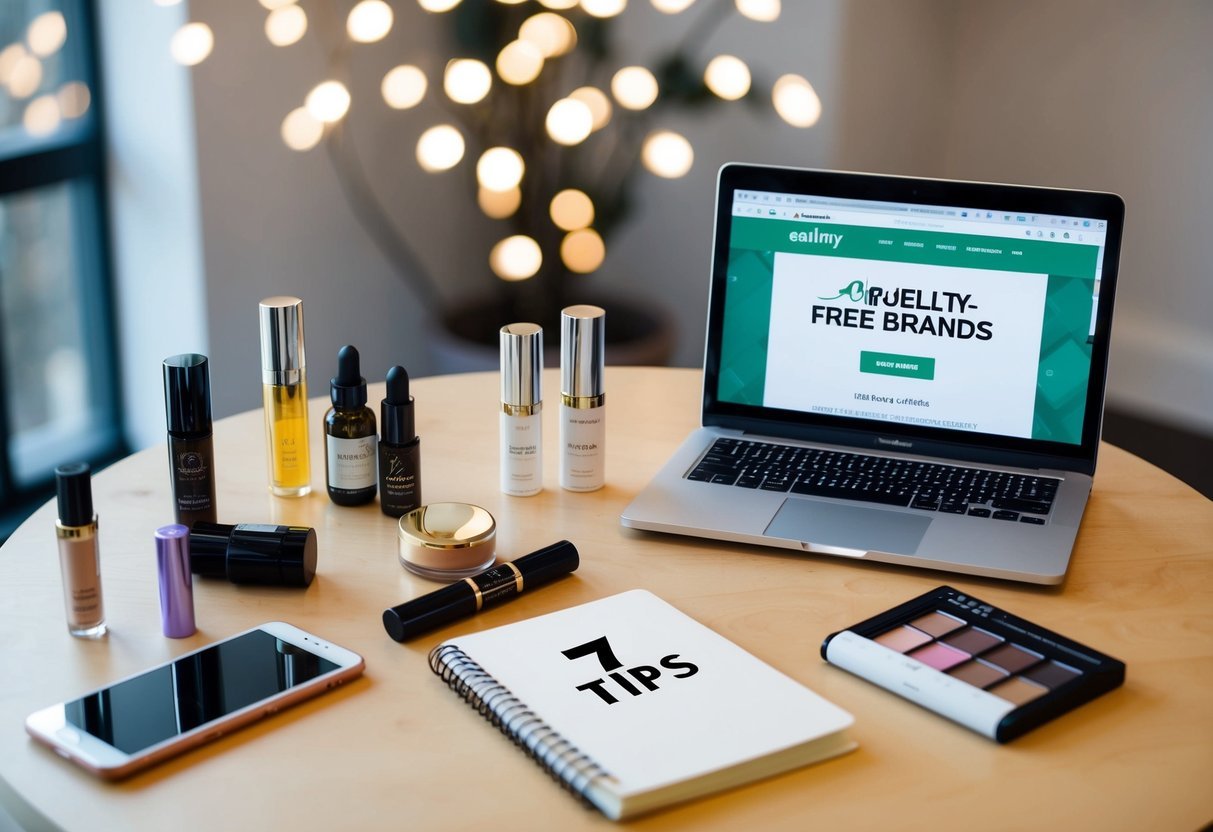
Digging into a company’s policies can reveal a lot about their commitment to cruelty-free practices. We’ve found that transparent brands often have detailed information readily available.
Company Transparency
When we’re shopping for clean beauty products, we love brands that put it all out there. A truly cruelty-free company usually has a clear animal testing policy on their website or product packaging. We look for statements like “We never test on animals” or “100% cruelty-free.”
Some awesome brands even list their ingredients and sourcing practices. This openness helps us feel confident in our choices. If we can’t find this info easily, we might shoot them a quick email or social media message to ask.
Third-Party Testing Policies
Many ethical beauty brands go the extra mile by getting certified by independent organizations. We keep an eye out for logos from groups like Leaping Bunny or PETA’s Beauty Without Bunnies program.
These certifications mean the brand has been vetted and meets strict cruelty-free standards. It’s not just about the final product – these orgs check that ingredients aren’t tested on animals either. Some companies even allow surprise audits to maintain their cruelty-free status. We find this level of commitment super reassuring when picking our fave green beauty goodies.
Verify Ingredient Lists
Checking product ingredients is crucial for identifying cruelty-free beauty items. We’ll explore common animal-derived components and reliable resources for verifying ingredients.
Common Animal-Derived Ingredients
When scanning labels, you should watch out for certain animal-derived ingredients. Beeswax, which comes from honeybees, is often found in lip balms and mascaras. Lanolin, which is extracted from sheep’s wool, is common in moisturizers. Carmine, a red pigment made from crushed insects, appears in many lipsticks and blushes.
Other ingredients to look for include gelatin, keratin, and squalene. Gelatin is derived from animal bones and tissues. Meanwhile, keratin comes from hair, feathers, or horns. Squalene can be sourced from shark liver oil, though plant-based alternatives exist.
Reliable Resources for Ingredient Verification
You can turn to several trustworthy sources to verify ingredients. CosDNA is a handy website that rates ingredients based on function, safety, and potential for irritation. It’s a great tool for understanding what’s in our products.
PETA and Leaping Bunny offer searchable databases of certified cruelty-free brands. These organizations thoroughly vet companies before granting certification. You can also use apps like Cruelty-Free to scan barcodes and quickly check a product’s status.
For a deeper dive, EWG’s Skin Deep database provides detailed information on ingredient safety and potential health impacts. It’s an invaluable resource for conscious consumers.
Frequently Asked Questions
Navigating the world of cruelty-free beauty can be tricky. We’ve compiled some common questions to help you make informed choices about the products you use. From understanding labels to identifying brands that align with your values, it’s essential to be well-informed. Whether you’re searching for makeup, skincare, or hair care, knowing which products are truly cruelty-free can make all the difference. If you’re looking to elevate your hair routine, explore an array of crueltyfree texture spray options that deliver style without compromising your ethical standards.
How can I spot cruelty-free certification logos on packaging?
Look for the Leaping Bunny or PETA logos on product packaging. These symbols indicate that a brand has been certified cruelty-free by reputable organizations. The Leaping Bunny logo features a rabbit silhouette, while PETA’s certification shows a bunny face.
What’s the deal with brands claiming to be cruelty-free without certifications?
Some companies make cruelty-free claims without official certifications. In these cases, we need to dig deeper. Check the brand’s website for their animal testing policy. If it’s not clear, reach out to them directly for more information.
Can I trust that all vegan beauty products are cruelty-free?
Not always. Vegan products don’t contain animal-derived ingredients, but they might still be tested on animals. We recommend looking for both vegan and cruelty-free certifications to ensure the product aligns with both values.
Where’s the best place to find a list of cruelty-free beauty brands?
Online databases like Logical Harmony and Cruelty-Free Kitty are great resources. These websites regularly update their lists of verified cruelty-free brands. Mobile apps like Bunny Free can also be handy while shopping.
What elements should I consider to ensure a beauty product is cruelty-free?
Check the brand’s animal testing policy. Look for clear statements against animal testing at all stages of production. Be wary of phrases like “finished product not tested on animals,” as this may indicate ingredient testing.
How do changes in a company’s ownership affect their cruelty-free status?
When a parent company that tests on animals acquires a cruelty-free brand, things can get complicated. The brand might maintain its cruelty-free practices, but some consumers choose to avoid it due to the parent company’s policies.
We suggest researching recent ownership changes and deciding based on your personal ethics.

